I’ve appreciated my connection to Nanaimo writer Carol Matthews for several years now. She wrote about her journey with breast cancer in Reflections on the C-Word: At the centre of the cancer labyrinth (Hedgerow Press, 2007). Carol has worked as a social worker, community worker and as an instructor and dean at Vancouver Island University.
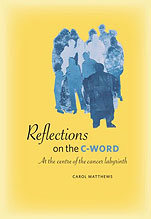 When Carol had cancer, she “discovered the real value of the labyrinth as a tool for meditation, reflection, and self-discovery.” Labyrinth walks kept her grounded throughout some difficult times.
When Carol had cancer, she “discovered the real value of the labyrinth as a tool for meditation, reflection, and self-discovery.” Labyrinth walks kept her grounded throughout some difficult times.
In her introduction, Carol refers to Rev Lauren Artress, Honorary Canon of Grace Cathedral in San Francisco (where Carol first discovered the labyrinth). Rev. Artress has said, “walking the labyrinth teaches us how to quiet the mind. She describes the labyrinth as a ‘meandering but purposeful path’ and says that the lesson is to trust the path.”
I’ve appreciated walking labyrinths in Nanaimo, Honeymoon Bay, Saltair, Qualicum Beach and in Guelph, Ontario where everything one sees or hears is a metaphor.
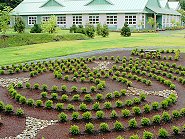 The sun is setting behind the poets’ retreat,
The sun is setting behind the poets’ retreat,
the old school, lumbermen’s cottages in orderly rows.
Along the spiral path, a feather by the boxwoods,
the ever-present crow. Magic is everywhere,
anything is possible.
From “Walking the Labyrinth at Honeymoon Bay”
Some people thought Carol must be angry with the diagnosis of breast cancer and think, why me? I must admit I had that feeling when I first heard I have a cancerous tumour but I’m feeling more like Carol now when she said: “Why not me? I’m surprised I’ve made it this far in my life without having had to face a few bad things. It’s about time, that’s what I think. You can only coast along as easily as I’ve done for so long.”
Rather than thinking good or bad, I’m thinking: this is what is. Now, what are we going to do about it.
As Carol’s radiation treatments took place before 2007 (in the same place I’ll be having treatments this week), she had fewer sessions but they were half an hour in length, twice a day. (Mine will be five minutes a day spread over five weeks at the BC Cancer Agency in Victoria.) Carol reflected on the word “radiate” and its many definitions.
“It can refer to sending out rays or waves, and it’s also used to describe something that extends in straight lines from or towards the centre, as in spokes radiating from a wheel hub. The definition which seems most apt to me is the ecological one, which has to do with spreading into new habitats, diverging or diversifying.”
I like to think of this cancerous tumour as diversifying that’s for sure, being transformed, dissipated, released and let go as something definitely not needed. It may have brought attention to what’s important. Thank you for that. You can go now.
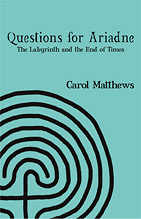 I’ve really appreciated reading Carol’s reflections including the book she wrote called called Questions for Ariadne: The Labyrinth and the End of Times (Outlaw Editions, 2010).
I’ve really appreciated reading Carol’s reflections including the book she wrote called called Questions for Ariadne: The Labyrinth and the End of Times (Outlaw Editions, 2010).
Carol lived on Protection Island, Nanaimo, at the time of publication and had walked at least a dozen labyrinths several times. She had studied different versions of the ancient myth of Theseus, slayer of the Minotaur, and Ariadne, who supplied the thread that guided Theseus out of the labyrinth at Knossos on the Greek island of Crete. The result of her explorations, as I wrote in my review of the book, “is an intelligent, courageous and cohesive story of one woman’s reflections on aging and death: ‘the void at the end of the path’.”
Aging becomes a brand new realm. As Carol says, “In foreign territory, it helps to have fellow travellers. There are no guides for us, other than those we invent for ourselves, like my Ariadne, and the cohort companions who accompany us.”
Myth is generally a mix of fact and fiction — a hybrid like Carol’s book which we can simply call story. It is the present-day heroine’s story that swept me up as I followed her winding path. Carol, an aging cancer survivor, faces her fears and realizes understanding comes from reflection and the many gifts of what she calls “immediacy.”
Her book, both personal and provocative, is rich with references to Greek mythology, poetry, fiction, and the work of developmental psychologist Erik Erikson and psychiatrist Carl Jung.
Although the Minotaur myth confuses the issue, there is a difference between a maze and a labyrinth: the maze is “complex and confusing” while the labyrinth is “a simple, straightforward path.”
After trying to unravel the many versions of the myth, Carol’s guide Ariadne says she will never make sense of Daedalus’s labyrinth. “It’s a paradox, inescapable, impenetrable and inexplicable. How could a Minotaur be contained within that simple pattern?”
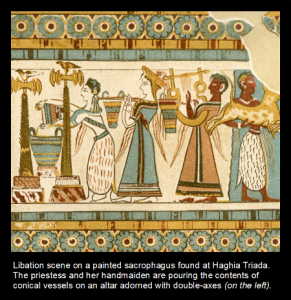 When I travelled to Crete and visited Knossos, I learned that the word “labyrinth” came from “labrys,” the double-axe symbol from the House of the Double Axes and a symbol that seemed to denote sacred places where women gathered. (The image shown is from a painted sarcophagus found at Haghia Triada on Crete. See the altar with its double axes on the left.) Lesbians adopted the symbol of the labrys in the seventies as a sign of solidarity and strength. I loved that the labrys symbol was everywhere on Crete including on the sugar packets!
When I travelled to Crete and visited Knossos, I learned that the word “labyrinth” came from “labrys,” the double-axe symbol from the House of the Double Axes and a symbol that seemed to denote sacred places where women gathered. (The image shown is from a painted sarcophagus found at Haghia Triada on Crete. See the altar with its double axes on the left.) Lesbians adopted the symbol of the labrys in the seventies as a sign of solidarity and strength. I loved that the labrys symbol was everywhere on Crete including on the sugar packets!
Carol wants to see the centre of every labyrinth and realizes “whatever you discover at the centre, you find that you too are there. I will have to confront the monster who seeks to destroy me and the monster that I am.”
Here’s my poem “Labyrinth” written from memories of walking the labyrinth in Saltair and the one at Honeymoon Bay Retreat Centre, both built by Meg Hansen:
Labyrinth
Bring the dream you’ve been having since you were a child,
the one with open fields, a golden lake, and the wind sounding.
A drum beat wafts across the bay
beating in time with your tentative heart,
as you leave your old habits
and paraphernalia behind.
Something awakens –
you become part of the women’s thread,
winding, unwinding,
a spiral like the surface of a shell,
a carving in clay left behind
by the ancient ones.
Sometimes you lose touch,
her shoulder just out of reach.
You keep an arm extended
assured you’ll connect again.
Under your feet seed pods
and nut casings on a path through boxwood.
This is what you remember:
holding one another up
foregoing isolation (you’re not alone),
a tinkling of bells
a procession of priestesses in community,
honouring the seasons, the hours of the day,
the symbol of the labrys, the double axe
of Knossos, marking a sacred place.
You are one of them,
sharing stories drawn from within.
You listen well.
With thanks to Lorna Crozier who inspired the epigraph.

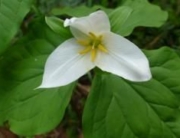
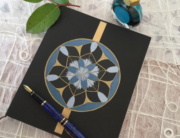
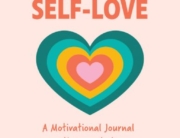
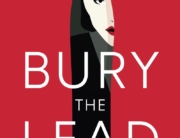
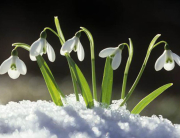
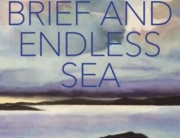
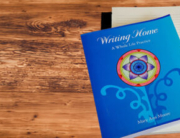
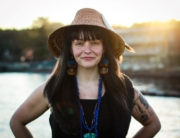
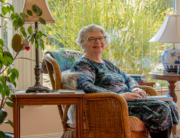
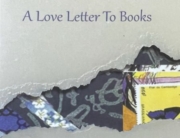
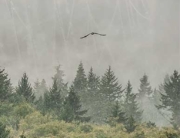
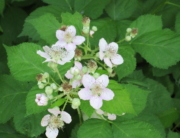
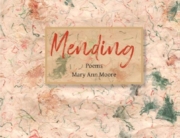
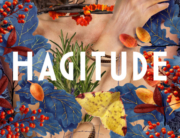
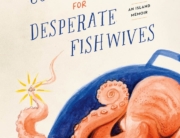
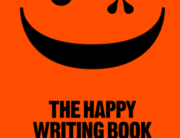
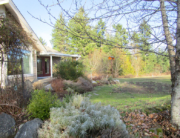
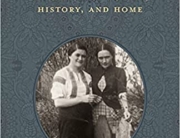
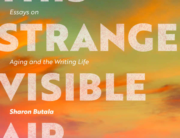
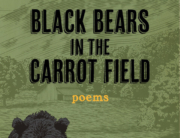
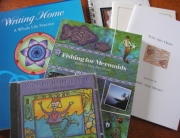
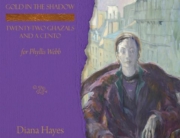
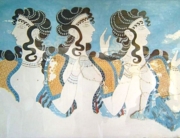
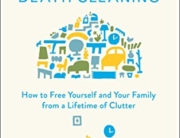
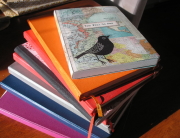
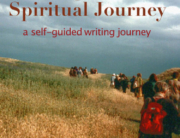
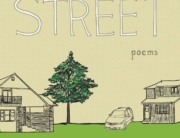
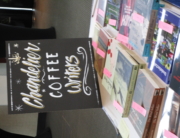
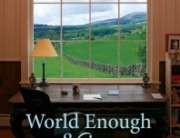
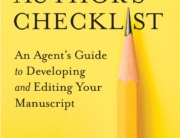
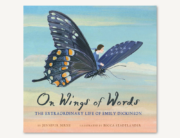
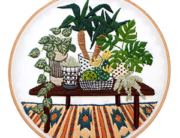
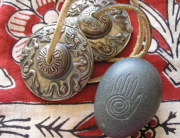
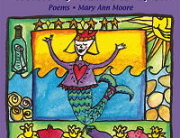
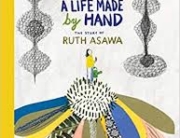
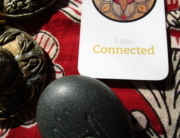
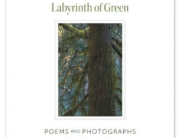
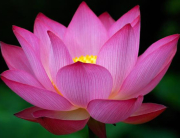
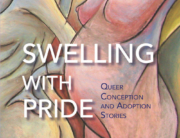
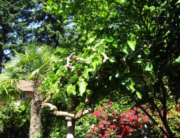
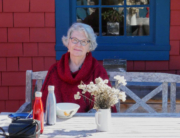
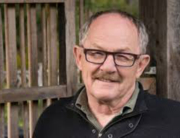
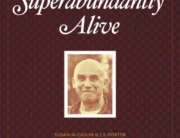
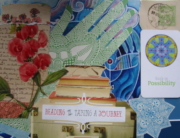
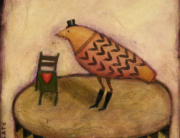
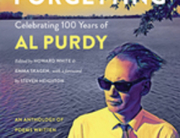
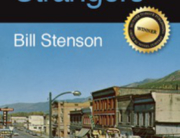
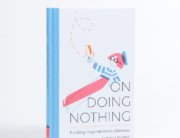
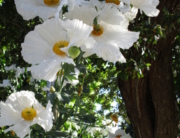
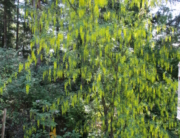
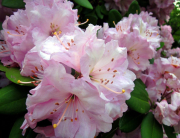
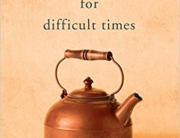
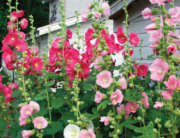
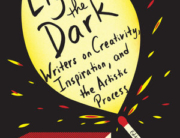
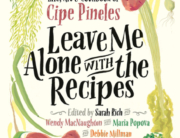
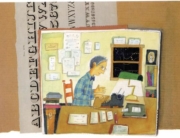
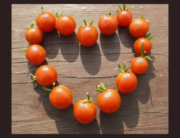
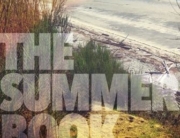
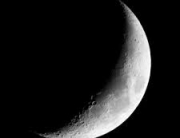
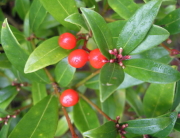
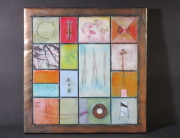
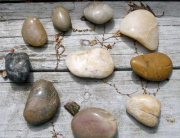
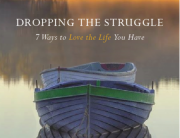
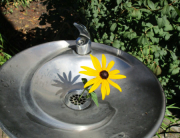
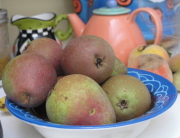
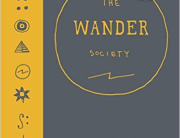
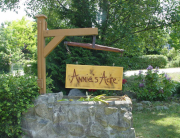
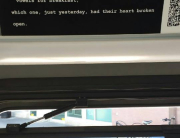
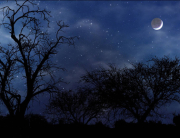

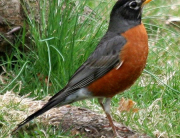
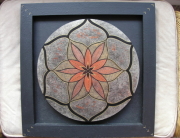
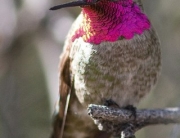
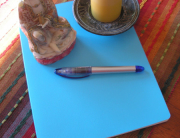

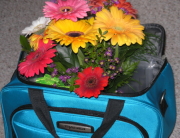
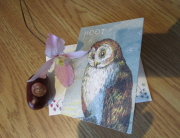
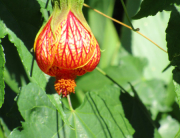
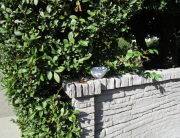
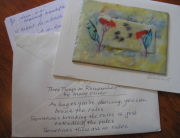
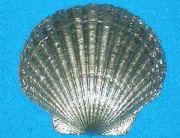
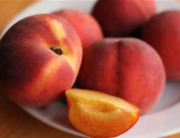
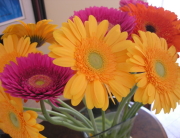
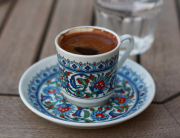
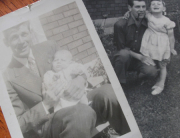
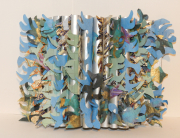

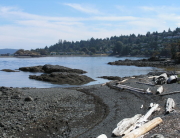
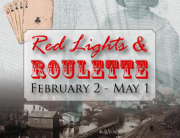
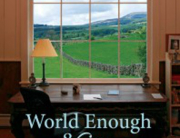
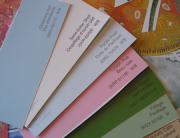
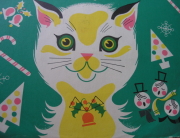
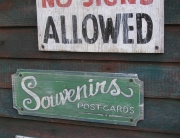
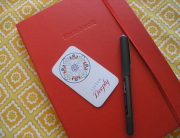
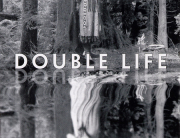
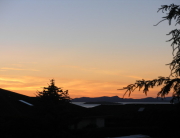
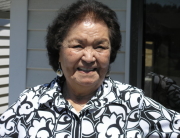
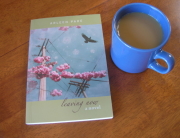
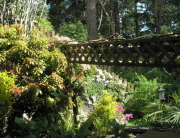
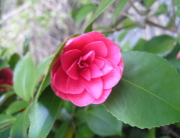

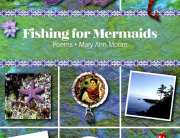
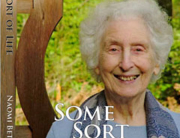
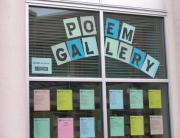
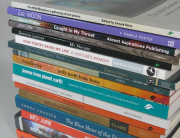
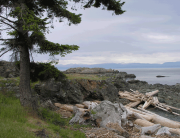
Exquisite, Mary Ann… richly layered, strong, a complex weave of ideas and energies so beautifully depicting your journey at this time. We are invited, all, to walk with you. What a privilege.
Thanks, Mary Ann. I appreciate your kind words about my books and am glad if they provided some meaning for you at this challenging time. I also think your poem is very fine.
My thoughts are with you and I hope we can connect over the coming weeks. Take good care.
Beautiful and wise.